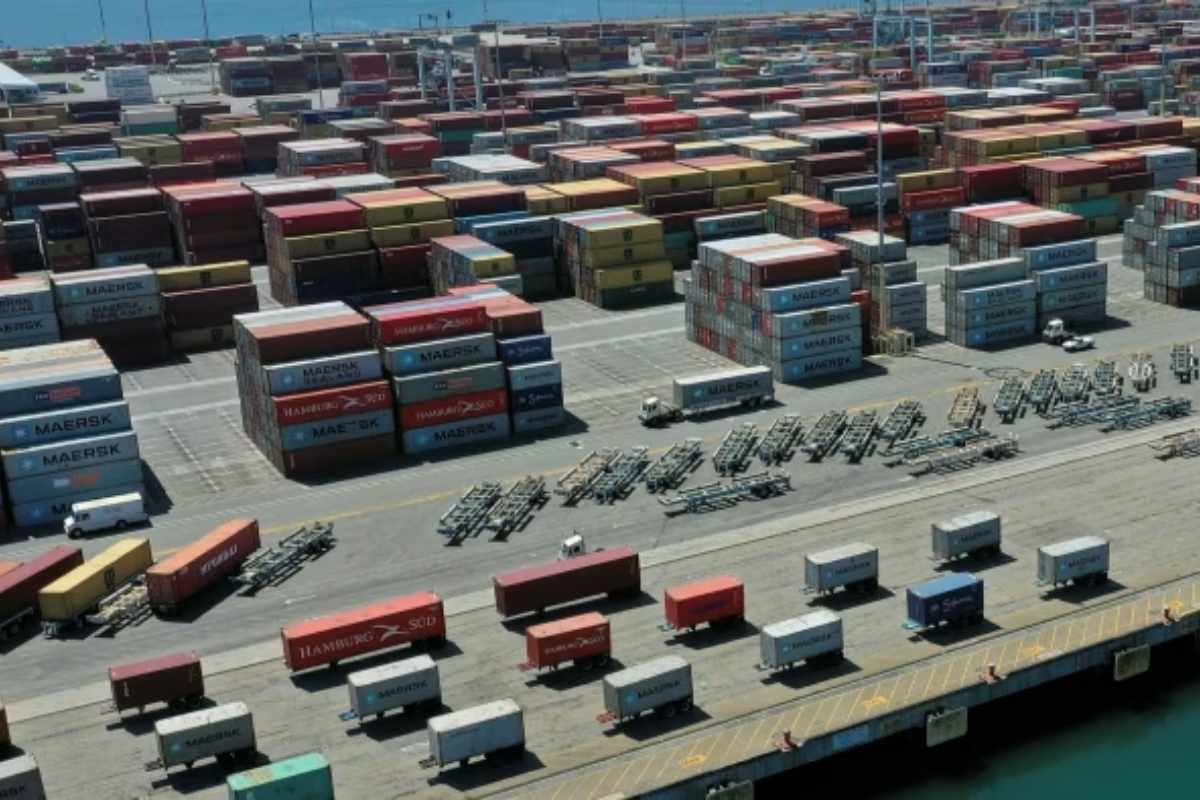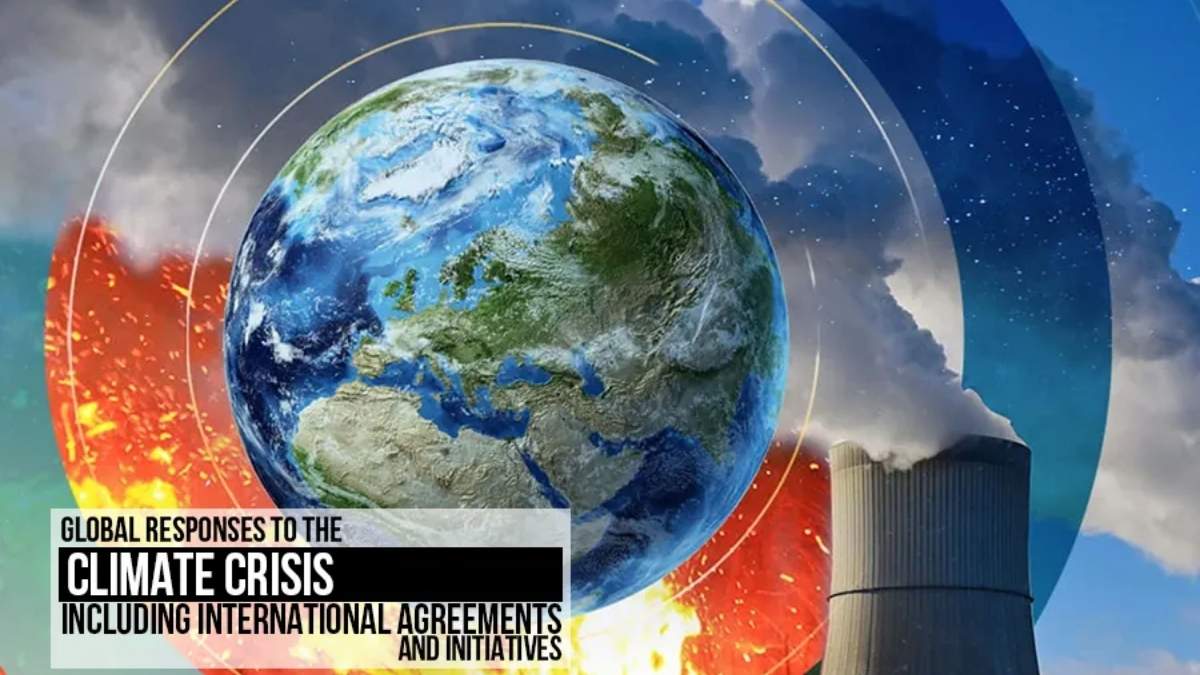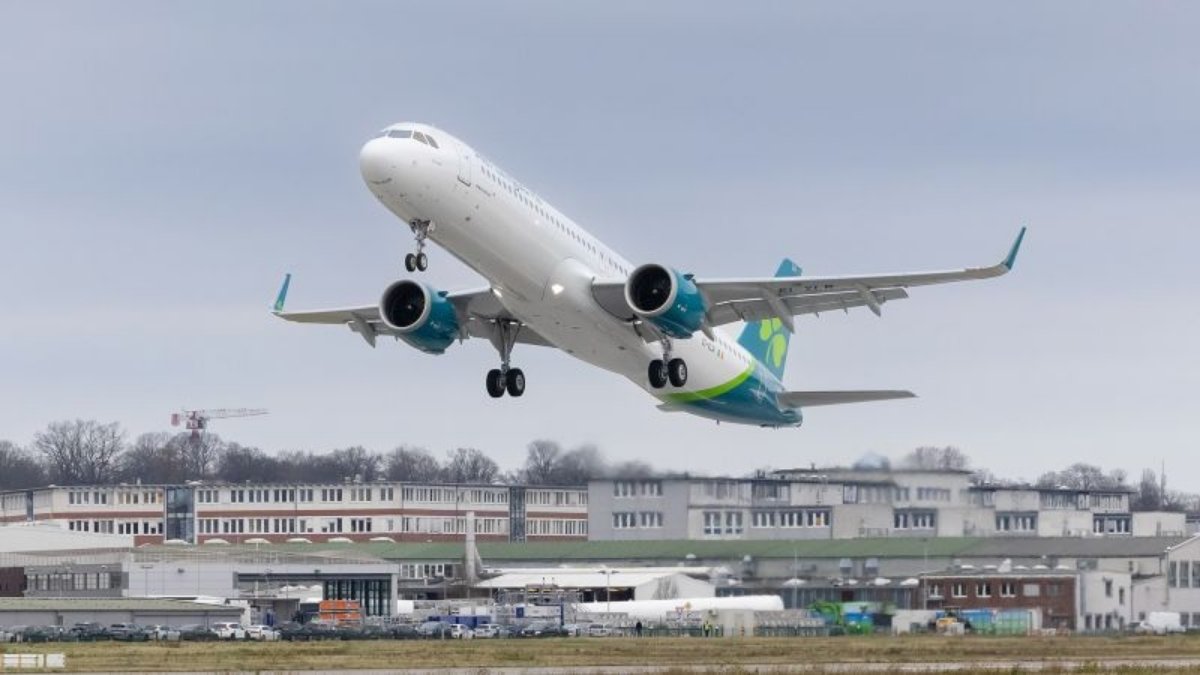The COVID-19 pandemic reshaped global trade, disrupting supply chains, altering consumer behavior, and accelerating digital transformation. As economies recover, new trends and challenges emerge, redefining how nations and businesses engage in international commerce.

1. Supply Chain Resilience and Regionalization
The pandemic exposed vulnerabilities in global supply chains, leading to a shift toward regionalized production and diversification.
- Nearshoring and Reshoring: Companies are relocating production closer to home to reduce reliance on distant suppliers.
- Diversification Strategies: Businesses are mitigating risks by sourcing from multiple suppliers across different regions.
- Smart Supply Chains: Adoption of AI and blockchain enhances transparency and efficiency.
2. Digital Transformation and E-Commerce Growth
With lockdowns accelerating the shift to digital commerce, businesses are adapting to new consumer habits.
- Rise of E-Commerce: Online shopping has become a dominant force, with companies expanding digital platforms.
- Fintech and Digital Payments: The adoption of digital payment methods, including cryptocurrencies, is reshaping transactions.
- AI and Automation: Businesses are leveraging AI for predictive analytics, inventory management, and customer service.
3. Trade Policies and Geopolitical Shifts
Trade policies are evolving in response to economic recovery efforts and shifting geopolitical landscapes.
- New Trade Agreements: Regional Comprehensive Economic Partnership (RCEP) and updated NAFTA agreements impact global commerce.
- Tariffs and Trade Wars: Ongoing tensions between major economies influence trade dynamics.
- Sustainability and ESG Compliance: Governments and corporations prioritize ethical supply chains and environmental responsibility.

Read more: The Power of Microbiology: How Tiny Organisms Impact Our Lives
4. The Role of Emerging Markets
Developing economies play a crucial role in the future of global trade.
- Africa’s Rising Influence: The African Continental Free Trade Area (AfCFTA) is set to boost intra-African trade.
- Southeast Asia’s Growth: Countries like Vietnam and Indonesia emerge as key manufacturing hubs.
- Latin America’s Potential: Expanding trade agreements drive economic growth in the region.
5. Challenges and Opportunities Ahead
Despite recovery efforts, challenges remain, presenting both risks and opportunities.
- Climate Change Impact: Extreme weather events disrupt supply chains and demand sustainable practices.
- Labor Market Shifts: Automation and remote work alter job markets and global talent distribution.
- Future Trade Innovations: Advancements in AI, blockchain, and IoT revolutionize global commerce.
The post-pandemic world presents a transformed global trade landscape. Businesses and nations must navigate challenges while embracing technological advancements, regional shifts, and sustainability initiatives. As trade continues to evolve, adaptability and innovation will be key to long-term success.


